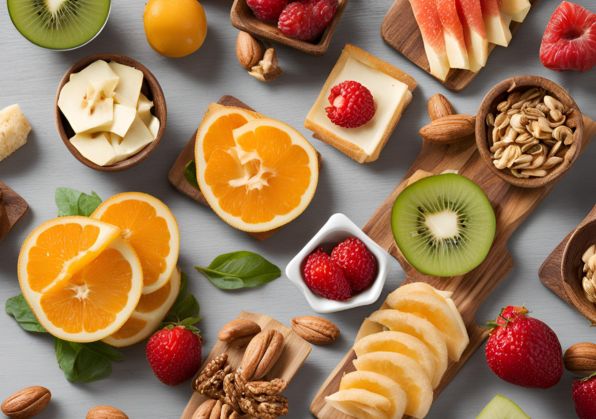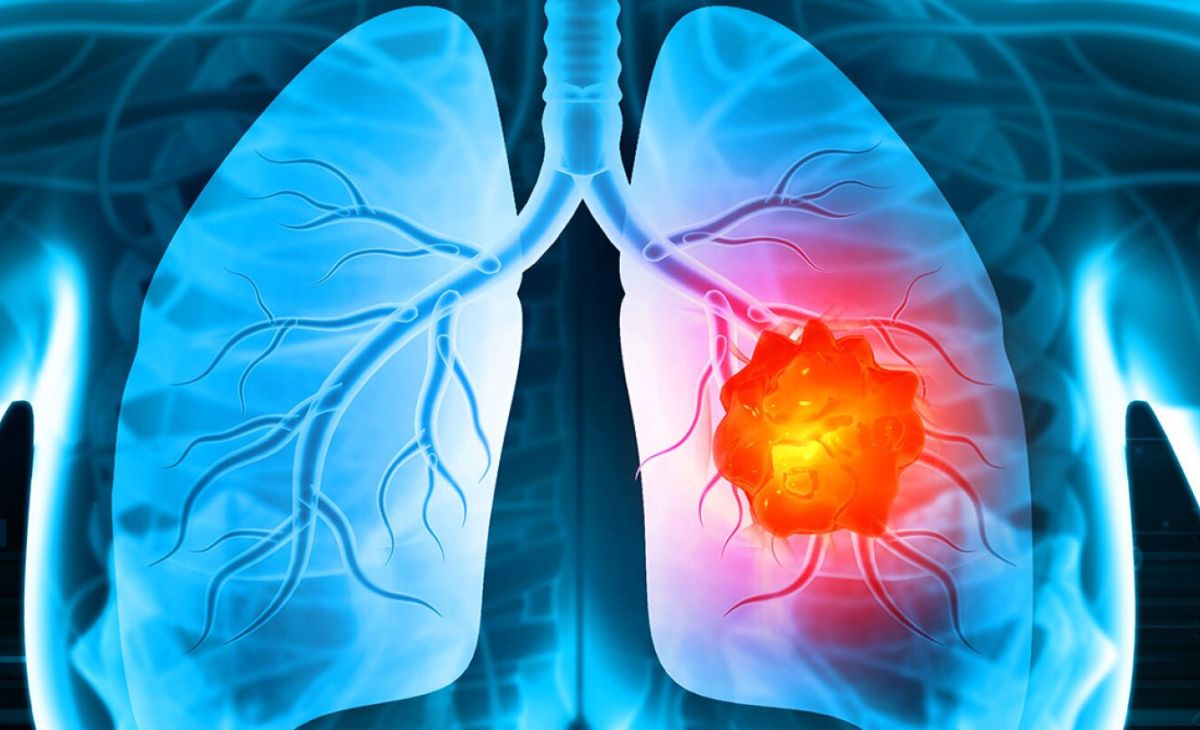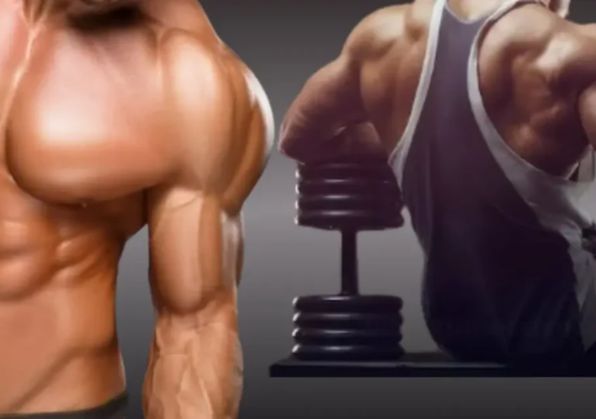Calorie-conscious eating doesn’t have to be boring or restrictive. For those looking to snack without adding to their daily caloric intake, calorie-free foods offer a solution. These foods, though low in energy, can still satisfy hunger and cravings. In this blog post, we’ll explore various calorie-free foods to snack on, backed by scientific data, and how they can fit into your lifestyle. From crunchy vegetables to hydrating beverages, you’ll find plenty of tasty options to enjoy guilt-free!
What Are Calorie-Free Foods?
“Calorie-free” typically refers to foods or beverages that contain fewer than 5 calories per serving, as defined by the U.S. FDA. While no food can be completely calorie-free, many options provide so few calories that they don’t significantly impact your diet. These snacks are primarily water or fiber-based, making them ideal for those managing weight or simply trying to reduce overall calorie consumption.
Top Calorie-Free Snacks
1. Cucumber (16 calories per 100 grams)

Cucumbers are made up of 95% water, making them not only hydrating but also a low-calorie snack. They are packed with vitamins and minerals such as vitamin K, magnesium, and potassium, while their high water content keeps you feeling full.
2. Celery (14 calories per 100 grams)

Celery is often touted as a “negative-calorie” food because it requires more energy to digest than it provides. While this isn’t exactly accurate, its low-calorie count and high fiber content make it a perfect snack to crunch on. Celery is also high in antioxidants, helping to reduce inflammation in the body.
3. Zucchini (17 calories per 100 grams)

Zucchini is another hydrating snack option that’s low in calories but high in important nutrients like vitamin C and manganese. It can be eaten raw, or spiralized into noodles for a fun, calorie-free meal base.
4. Radishes (16 calories per 100 grams)

With their peppery flavor and satisfying crunch, radishes are a great snack for adding variety to your diet. They are low in calories and contain compounds like glucosinolates, which have been linked to cancer prevention.
5. Leafy Greens (Spinach, Kale, Lettuce) (16-23 calories per 100 grams)

Dark leafy greens are nutrient powerhouses with a minimal caloric burden. They are high in vitamins A, C, and K, and rich in fiber, which aids digestion and promotes a sense of fullness.
6. Sugar-Free Gelatin (5-10 calories per serving)

While not a whole food, sugar-free gelatin is a fun and tasty snack option for those craving something sweet. It’s light and refreshing, especially when chilled, and can easily be paired with calorie-free whipped toppings for an indulgent dessert.
7. Pickles (11 calories per 100 grams)
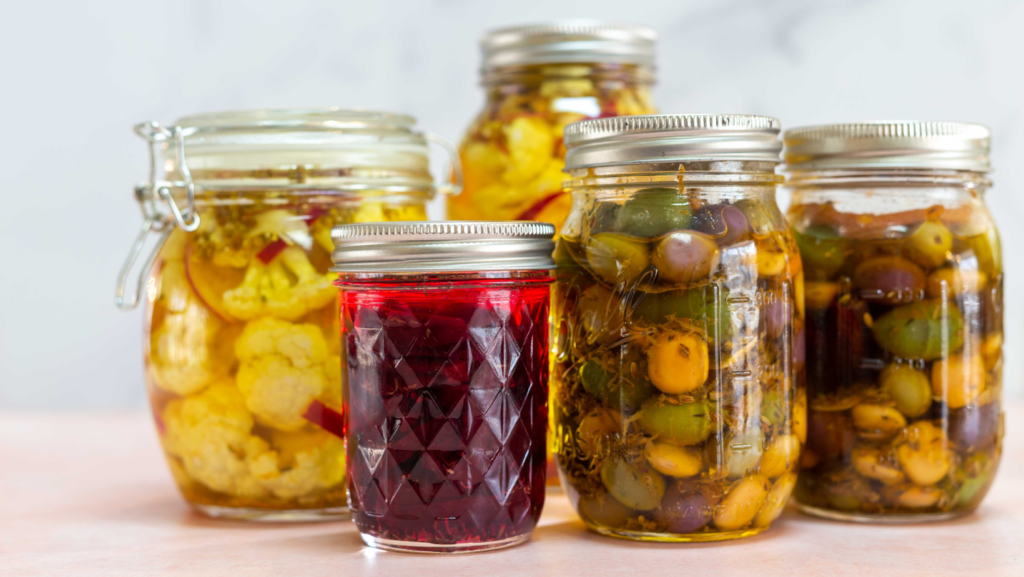
Pickles, made from cucumbers, are a tangy and crunchy snack with minimal calories. However, they tend to be high in sodium, so it’s best to enjoy them in moderation. The pickling process also enhances the probiotic content, which may benefit gut health.
8. Watermelon (30 calories per 100 grams)
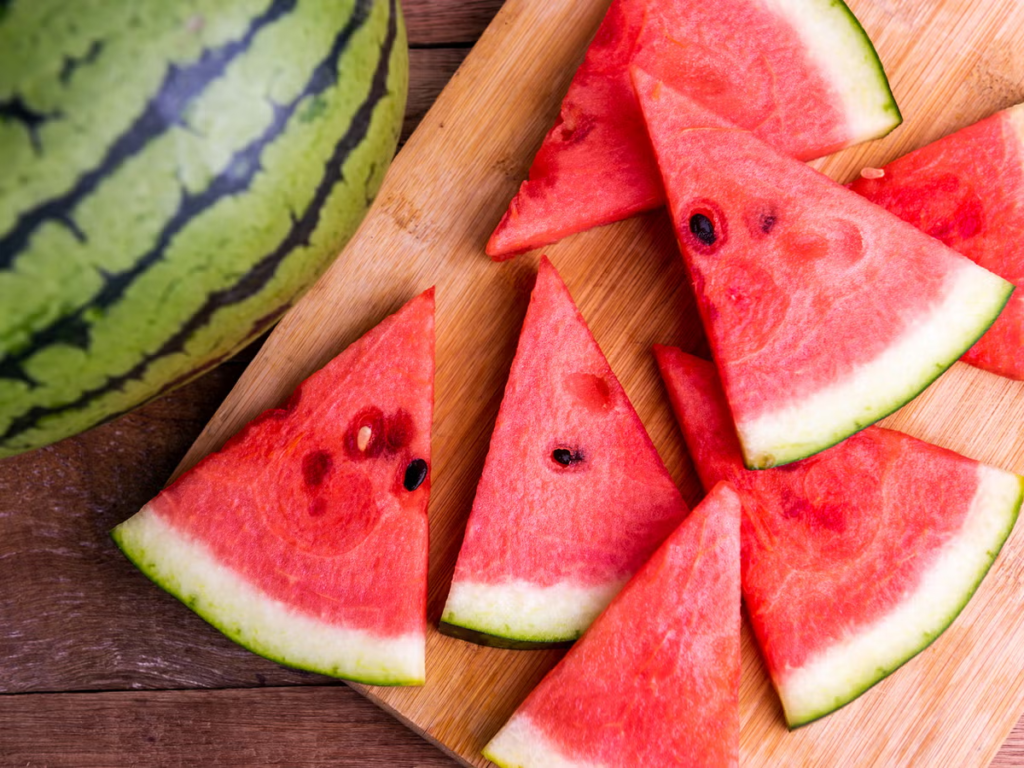
Watermelon, though slightly higher in calories than other snacks on this list, is about 90% water and can help you stay hydrated. Its natural sweetness and refreshing flavor make it a great summer treat.
9. Herbal Teas and Infusions (0-5 calories per cup)

Herbal teas, such as peppermint or chamomile, are naturally calorie-free and can help curb hunger pangs between meals. They also provide a comforting, hydrating experience without adding any calories to your diet.
Why These Snacks Are Ideal for Weight Management
Most calorie-free snacks have high water content and are rich in fiber. These two properties help increase the feeling of satiety, which is essential for preventing overeating during meals. Fiber, in particular, slows digestion and helps regulate blood sugar levels, making it easier to manage your appetite.
Incorporating these foods into your diet can help you maintain a balanced energy intake without sacrificing satisfaction. A randomized controlled study on water-rich foods revealed that people who ate them experienced more fullness and reduced overall calorie intake compared to those who didn’t## Numerical Breakdown of Calorie-Free Foods:
To further illustrate how these snacks can fit into a healthy diet, let’s look at some numbers:
- Cucumber (100g): 16 kcal, 96% water, 0.7g fiber
- Celery (100g): 14 kcal, 95% water, 1.6g fiber
- Zucchini (100g): 17 kcal, 94% water, 1g fiber
- Radishes (100g): 16 kcal, 95% water, 1.6g fiber
- Lettuce (100g): 14 kcal, 95% water, 1.5g fiber
These foods, with their high water content and fiber, make excellent choices for filling snacks without tipping the calorie scale.
Numerical Breakdown of Calorie-Free Foods:
To further illustrate how these snacks can fit into a healthy diet, let’s look at some numbers:
- Cucumber (100g): 16 kcal, 96% water, 0.7g fiber
- Celery (100g): 14 kcal, 95% water, 1.6g fiber
- Zucchini (100g): 17 kcal, 94% water, 1g fiber
- Radishes (100g): 16 kcal, 95% water, 1.6g fiber
- Lettuce (100g): 14 kcal, 95% water, 1.5g fiber
These foods, with their high water content and fiber, make excellent choices for filling snacks without tipping the calorie scale.
Tips for Successful Snacking:
- Portion Control: While these foods are low in calories, minding portion sizes is still important to avoid overconsumption.
- Balance and Variety: Try mixing different low-calorie snacks to create more flavor and texture combinations. For example, combine cucumber slices with radishes for a hydrating, crunchy mix.
- Hydration: Along with calorie-free snacks, staying hydrated by drinking water can enhance feelings of fullness and prevent mindless snacking.
Conclusion:
Calorie-free snacks can be a game changer for those looking to manage their weight or simply enjoy a guilt-free snack. The foods listed above offer satisfying crunches, hydrating bites, and even sweet options, all while keeping your calorie intake in check. By incorporating these into your daily eating routine, you can enjoy snacks without compromising your health goals!
Disclaimer: This article provides general information on calorie-free snacks and should not be considered medical advice. Please consult a healthcare professional or dietitian before making significant changes to your diet, particularly if you have underlying health conditions or specific dietary requirements.

